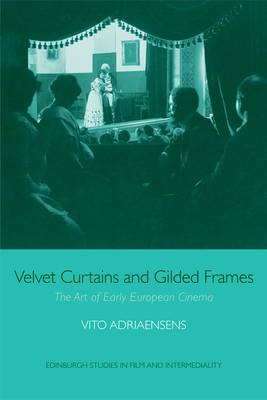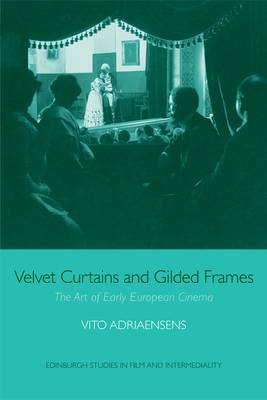
- Afhalen na 1 uur in een winkel met voorraad
- Gratis thuislevering in België vanaf € 30
- Ruim aanbod met 7 miljoen producten
- Afhalen na 1 uur in een winkel met voorraad
- Gratis thuislevering in België vanaf € 30
- Ruim aanbod met 7 miljoen producten
Omschrijving
Velvet Curtains and Gilded Frames explores the intermedial context of early cinema. It tackles the first European feature films' intricate relationship with its sister arts to reveal that the period referred to by historians as the "long nineteenth century" was one in which Bourgeois Realism reigned supreme. The nineteenth-century rise of the middle class coincided with realism becoming the dominant artistic mode in both form and content, leading to a revival of genre painting in the art academies; the supremacy of the social melodrama on the stage; and the advent of Pictorialism in photography. In its quest for artistic legitimacy, European filmmakers sought to win over middle-class audiences with films based on popular works of art - the first "art films" - by employing similar visual and narrative strategies as its artistic counterparts.
Specificaties
Betrokkenen
- Auteur(s):
- Uitgeverij:
Inhoud
- Aantal bladzijden:
- 224
- Taal:
- Engels
- Reeks:
Eigenschappen
- Productcode (EAN):
- 9781474406987
- Verschijningsdatum:
- 8/11/2023
- Uitvoering:
- Hardcover
- Formaat:
- Genaaid
- Afmetingen:
- 156 mm x 234 mm
- Gewicht:
- 489 g

Alleen bij Standaard Boekhandel
Beoordelingen
We publiceren alleen reviews die voldoen aan de voorwaarden voor reviews. Bekijk onze voorwaarden voor reviews.









